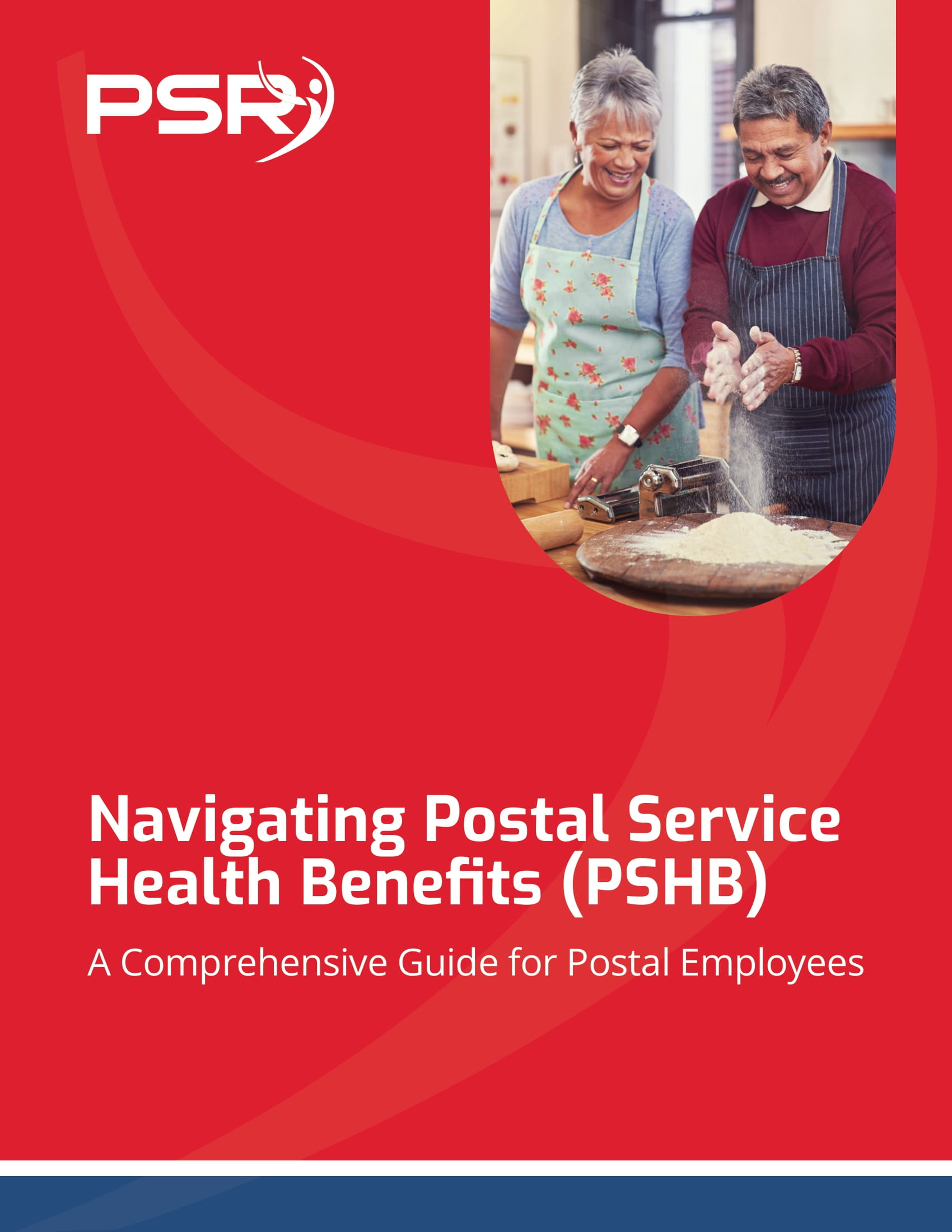Key Takeaways
- Understanding the integration of Social Security with federal retirement benefits is essential for maximizing your retirement income.
- Knowing key facts about Social Security can help federal employees plan effectively for their retirement.
Social Security in Federal Retirement Benefits: You Should Know About These Facts
- Also Read: Divorce and Your Federal Pension—What Happens When You Split Assets and How It Could Affect Your TSP
- Also Read: What Happens to Your Federal Benefits After Divorce? Here’s the Lowdown
- Also Read: The Best FEHB Plans for 2025: Which One Fits Your Lifestyle and Budget the Best?
Eligibility for Social Security Benefits
To be eligible for Social Security benefits, federal employees must meet specific criteria based on their work history and contributions to the Social Security system.
1. Work Credits:
Social Security benefits are based on the accumulation of work credits. Workers earn up to four credits per year, with the number of credits needed for eligibility typically being 40. This means that employees need at least ten years of work to qualify for benefits.
2. Employment Covered by Social Security:
Federal employees covered under FERS pay into Social Security through payroll taxes and therefore accumulate credits toward Social Security benefits. Employees covered under the Civil Service Retirement System (CSRS) do not typically pay into Social Security, but they may qualify for benefits based on other Social Security-covered employment or through a spouse’s benefits.
3. Age Requirements:
Eligibility for Social Security retirement benefits begins at age 62. However, claiming benefits before reaching full retirement age (FRA) results in reduced monthly benefits. The FRA ranges from 66 to 67, depending on the year of birth.
Calculating Social Security Benefits
The amount of Social Security benefits you receive depends on your earnings history and the age at which you begin claiming benefits.
1. Average Indexed Monthly Earnings (AIME):
Social Security benefits are calculated based on your AIME, which averages your highest 35 years of earnings, indexed for inflation. If you have less than 35 years of earnings, zeros are added to the calculation, which can lower your benefit amount.
2. Primary Insurance Amount (PIA):
The PIA is the monthly benefit amount you are entitled to receive at your FRA. It is calculated using a formula that applies different percentages to portions of your AIME, known as bend points. The formula for calculating PIA in 2024 is:
- 90% of the first $1,115 of AIME,
- 32% of AIME between $1,115 and $7,105,
- 15% of AIME above $7,105.
3. Adjustments for Early or Late Retirement:
Claiming benefits before your FRA results in a reduction of up to 30%, depending on how early you claim. Conversely, delaying benefits past your FRA increases your benefit amount by approximately 8% per year, up to age 70.
Impact of the Windfall Elimination Provision (WEP)
The Windfall Elimination Provision (WEP) affects Social Security benefits for individuals who also receive a pension from employment not covered by Social Security, such as CSRS.
1. Purpose of WEP:
WEP was introduced to prevent individuals who did not pay into Social Security for significant portions of their careers from receiving disproportionately high Social Security benefits based on their relatively few years of Social Security-covered work.
2. How WEP Works:
WEP reduces the 90% factor in the Social Security benefit calculation formula to as low as 40%, depending on the number of years of substantial earnings in Social Security-covered employment. The maximum WEP reduction for 2024 is $558 per month.
3. Exceptions and Limits:
WEP does not apply if you have 30 or more years of substantial earnings in Social Security-covered employment. The reduction is also less severe if you have between 20 and 30 years of substantial earnings.
Understanding the Government Pension Offset (GPO)
The Government Pension Offset (GPO) affects Social Security spousal or survivor benefits for individuals receiving a government pension from work not covered by Social Security.
1. Purpose of GPO:
GPO aims to reduce Social Security spousal or survivor benefits for individuals who receive a government pension based on work not covered by Social Security, ensuring equitable treatment with those whose spouses worked in jobs covered by Social Security.
2. How GPO Works:
GPO reduces spousal or survivor benefits by two-thirds of the amount of the government pension. For example, if you receive a monthly CSRS pension of $900, your Social Security spousal or survivor benefit would be reduced by $600.
3. Exceptions and Limits:
Certain exceptions apply, such as for individuals who were eligible for a government pension before December 1982 or who meet specific requirements regarding their employment history and the receipt of Social Security-covered earnings.
Coordinating Social Security with FERS
For federal employees covered under FERS, coordinating Social Security benefits with FERS retirement benefits is crucial for maximizing retirement income.
1. Integration of Benefits:
FERS integrates three components: the FERS Basic Benefit Plan (a defined benefit plan), Social Security, and the Thrift Savings Plan (TSP). Understanding how these components work together helps in planning for a secure retirement.
2. Timing Your Retirement:
Consider the optimal age to claim Social Security benefits based on your financial needs and life expectancy. Delaying benefits past FRA can result in higher monthly payments, which can be advantageous if you expect to live longer.
3. Utilizing the FERS Supplement:
The FERS Supplement, also known as the Special Retirement Supplement, is available to FERS employees who retire before age 62. It approximates the Social Security benefit earned during federal service and is payable until age 62 when regular Social Security benefits become available.
Strategies for Maximizing Social Security Benefits
Implementing strategies to maximize Social Security benefits can significantly impact your retirement income.
1. Delaying Benefits:
Delaying Social Security benefits until age 70 can result in a significant increase in monthly benefits. Each year that you delay claiming benefits past your FRA will increase your benefit amount by approximately 8%.
2. Considering Spousal Benefits:
Married couples should consider spousal benefits and coordinate their claiming strategies. For instance, one spouse may claim benefits early while the other delays, maximizing the overall household Social Security income.
3. Understanding Survivor Benefits:
Survivor benefits provide financial support to surviving spouses. The surviving spouse is entitled to receive the higher of their own benefit or their deceased spouse’s benefit. Delaying benefits can increase the amount the surviving spouse receives.
4. Planning for Taxes:
Social Security benefits may be subject to federal income tax if your combined income exceeds certain thresholds. Understanding these thresholds and planning withdrawals from other retirement accounts can help minimize tax liability.
5. Consulting a Financial Advisor:
A financial advisor can provide personalized advice based on your unique financial situation, helping you develop a comprehensive retirement plan that maximizes your Social Security benefits and integrates them with your other retirement income sources.
Conclusion
Social Security is a vital component of federal retirement benefits, particularly for those covered under FERS. Understanding eligibility requirements, benefit calculations, the impacts of WEP and GPO, and strategies for maximizing benefits is crucial for effective retirement planning. By coordinating Social Security with FERS benefits and implementing smart claiming strategies, federal employees can enhance their retirement income and secure a more financially stable future.












